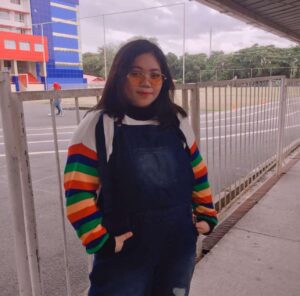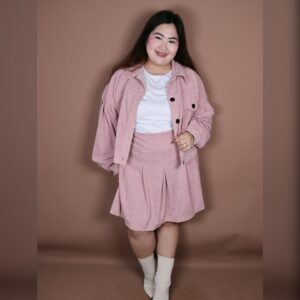Alongside the emergence of the body positivity movement, humanity has become increasingly concerned as well with its consumption practices affecting the environment. Subsequently, the fashion industry has also become conscious of the environmental impact of sourcing and producing materials. More and more fashion brands have adapted eco-friendly materials and ethical practices to address the problems of the planet and foster sustainability in the fashion world. Even the consumers themselves have become environmentally-aware in terms of the products they consume and their impact on the environment.
But what does it really mean to be ‘sustainable’ in the fashion industry? Just like any corporate initiatives on sustainability, it can be categorized into three: 1) environmental, wherein there must be significant reduction of carbon footprint, waste, water usage and other damages; 2) social, when it is deemed beneficial to employees, and the community; and 3) economic, when it ensures profitability and compliance with government rules and policies.
Over the years, there have been creative strategies to market sustainability in the fashion world. According to the World Economic Forum, 73% of fashion items were either burned or buried in the landfill when thrown away. One common sustainability practice is the concept of recycling, upcycling, and thrifting, making sure that the products and other materials “circulate” among people for as long as possible, in order to reduce waste, production costs and other damages.
Ethical Fashion is another facet of this so-called sustainable fashion which pertains to the ethical practices in the working conditions of the employees and the entire manufacturing process. This means ensuring fairness in hiring practices, and that no human beings or animals have been hurt in the production process.
But where is plus-size fashion in the middle of all this? As body positivity and plus-size representation in the fashion industry becomes a critical subject in public discourse, we cannot deny the fact that clothing options for people with full-figured bodies have been very limited. How can they shop ethically and responsibly when there are not enough options for them in the first place?
Consequently, fashion brands that have ‘sustainable fashion’ right at their doorsteps may not live up to the real sense of the word. The deceptive marketing like false claims of inclusivity and earth-friendliness may mislead consumers, especially women with plus-sized bodies who are proactive in their ethical consumption practices. Some fashion brands, though marketing sustainability and inclusivity, are really not size-diverse, and if there will be available sizes for full-bodied women, these items are offered at a very expensive price. Thus, sustainable fashion is completely inaccessible among plus-sized women.
Where do plus-size women go in order to shop ethically and sustainably? Vintage shopping might not be the best option as well, since vintage clothing is catered mostly to slender women, making it even harder to find vintage items for plus-sized women. Secondhand shopping as well may not prove to be sustainable for women with full-bodied figures. Even thrift shops or retailers from social media and other websites have taken advantage of selling ‘plus-size clothes’ at even higher prices, when in fact they just bought it from some charity shops as well. This just proves how sustainable fashion can be utterly inaccessible for plus-sized women.
Whether it says recycled, organic, locally-made, the notion of sustainable fashion has proliferated the industry, which can be seen as a marketing strategy more than the actual, tangible efforts of the fashion brands. It is also worth noting that sustainable fashion has continuously sidelined the plus-size fashion, making it harder to find items for the full-bodied individuals. The intersection of the
struggles of plus-sized women and the illusive promise of sustainable fashion proves to be a major concern, not just in the fashion economy, but also in society in general. As consumers, we can take action by regularly engaging in public discourse regarding this matter. We call for the fashion brands to be responsible and transparent in their sustainability advocacy, while also championing size diversity.
Written by: Markie Orpiano









